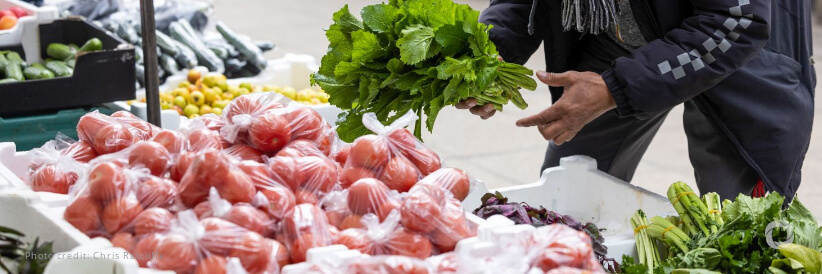The benchmark for world food commodity prices edged higher in April, as rising meat prices and modest upticks for vegetable oils and cereals more than offset decreases for sugar and dairy products, the Food and Agriculture Organization of the United Nations (FAO) reported.
The FAO Food Price Index, which tracks monthly changes in the international prices of a set of globally-traded food commodities, averaged 119.1 points in April, up 0.3 percent from its revised March level, while down 9.6 percent from its year-earlier level.
The FAO Cereal Price Index rose 0.3 percent from March, ending a three-month declining trajectory. Global wheat export prices stabilized in April as strong competition among major exporters offset concerns about unfavorable crop conditions in parts of the European Union, the Russian Federation, and the United States of America.
Maize export prices increased, influenced by high demand amidst mounting logistical disruptions as a result of infrastructure damages in Ukraine and concerns about the production in Brazil ahead of the main harvest. The FAO All-Rice Price Index declined by 1.8 percent, due largely to falls in Indica quotations driven by harvest pressure.
The FAO Vegetable Oil Price Index also increased by 0.3 percent from March, reaching a 13-month high, as higher quotations for sunflower and rapeseed oil offset slightly lower prices for palm and soy oil.
The FAO Meat Price Index increased by 1.6 percent in April from the previous month, as international poultry, bovine, and ovine meat prices all rose. World pig meat prices fell marginally, reflecting slack internal demand in Western Europe and persistently lackluster demand from leading importers, especially China.
The FAO Sugar Price Index declined 4.4 percent from March to stand 14.7 percent below its April 2023 level. The decrease was mostly related to improved global supply prospects, notably due to larger-than-previously-anticipated outputs in India and Thailand and improved weather conditions in Brazil.
The FAO Dairy Price Index decreased marginally, by 0.3 percent, ending six consecutive months of increases, led by sluggish spot import demand for skim milk powder and by lower world cheese prices, impacted by the strengthening of the United States dollar. World butter prices, by contrast, increased amid steady import demand.

